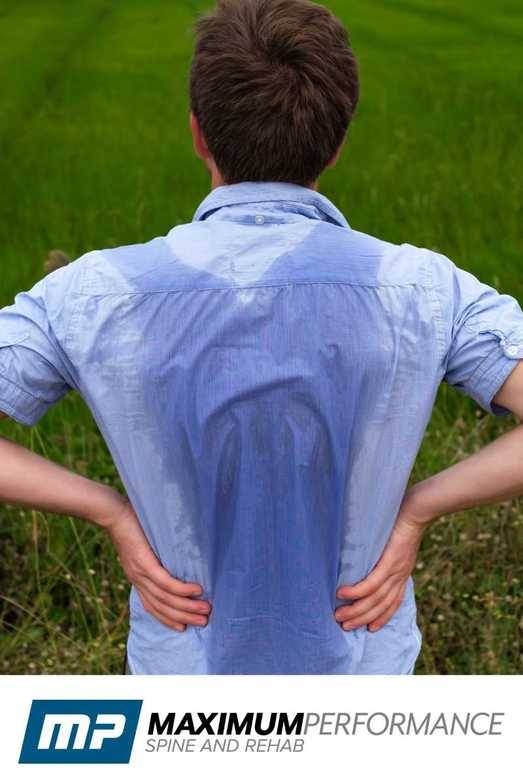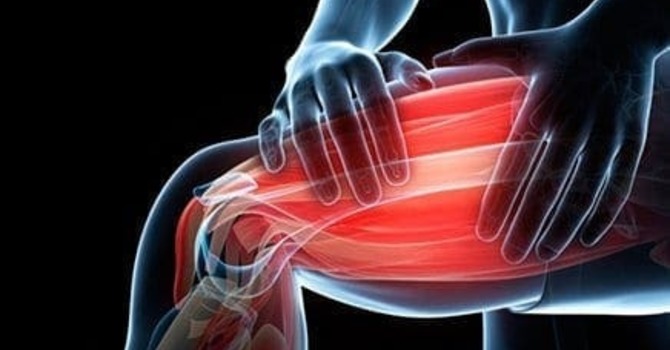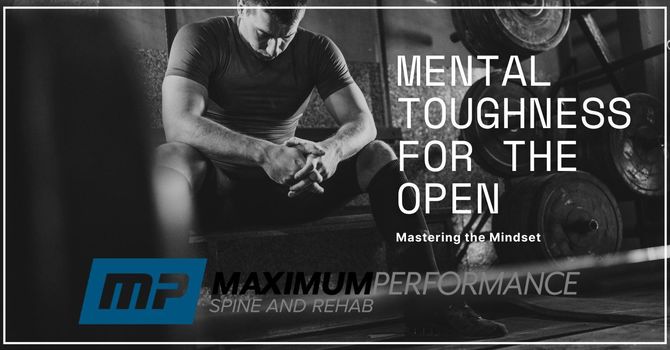
Summer in Northwest Arkansas brings longer days, busier parks, and lots of opportunities to get active. From youth soccer tournaments and football camps to backyard play, hiking, and yardwork, being outside is part of our lifestyle. But with higher temperatures and humidity comes a greater risk of heat-related illnesses, sunburn, and dehydration, especially for kids.
At Maximum Performance, we see a spike in heat-related issues every summer. Whether you're a coach, parent, or athlete, knowing how to prevent these problems can keep you or your child in the game and out of the ER.
Understanding the Risks: Heat Illness, Dehydration & Sunburn
Heat illness is a spectrum that ranges from mild conditions like heat cramps to severe and potentially life-threatening conditions like heat stroke. Children are more susceptible to these issues than adults due to a few key reasons:
-Their bodies don’t cool down as efficiently.
-They may not recognize or communicate early symptoms.
-They’re often focused on playing and forget to hydrate or seek shade.
Here’s what the progression of heat illness can look like:
-Heat cramps: Muscle spasms due to fluid/electrolyte loss.
-Heat exhaustion: Heavy sweating, fatigue, headache, and nausea.
-Heat stroke: A dangerous rise in body temperature (above 104°F), confusion, vomiting, and possible collapse.
Dehydration plays a significant role in all of this. When we sweat, we’re losing water and electrolytes, such as sodium, potassium, and magnesium, that are critical for temperature regulation and muscle function. Even a slight drop in hydration can lead to big problems in performance and safety.
Sunburn, while often brushed off, can also disrupt the body’s ability to regulate heat. Severe sunburn increases the risk of overheating and dehydration, especially in young athletes.
What is Wet Bulb Temperature and Why It Matters
You’ve probably heard someone say, “It’s not just the heat, it’s the humidity.” That’s precisely what Wet Bulb Globe Temperature (WBGT) takes into account.
Unlike regular temperature readings, WBGT factors in:
-Air temperature
-Humidity
-Wind speed
-Sun angle
-Cloud cover or solar radiation
This gives a more accurate picture of how dangerous it is to be active outdoors. When WBGT is high, the body can’t cool itself through sweat evaporation. Even a fit, well-hydrated athlete can suffer in these conditions.
For parents and coaches: Many schools and athletic programs now monitor WBGT to determine whether it’s safe to hold practice. But you can check it too—apps like WeatherBug, WBGT Tools, or Heat Safety Tool by OSHA can give real-time readings.
Timing and Gear Matter
Planning outdoor activities around the weather can go a long way in preventing heat stress.
Time of Day
-Avoid peak heat hours, typically between 11 a.m. and 4 p.m.
-Early morning and later evenings are much safer, especially for intense physical activity.
Clothing & Equipment
-Choose lightweight, loose-fitting, and light-colored clothing to reflect heat.
-Avoid dark uniforms or heavy gear unless necessary, and take frequent breaks when wearing them.
Sun Protection
-Apply broad-spectrum SPF 30+ sunscreen 15–30 minutes before heading outside.
-Reapply every 2 hours, or more often if sweating heavily or swimming.
-Encourage kids to wear hats with brims and UV-protective sunglasses when not on the field.
Hydration: The First Line of Defense
One of the easiest and most effective ways to prevent heat illness is to stay properly hydrated. Kids, in particular, are at a disadvantage—they often forget to drink water, and by the time they feel thirsty, they’re already mildly dehydrated.
Here’s a simple breakdown:
Pre-Activity
-Drink 8–16 oz of water 1–2 hours before activity begins.
-Add an electrolyte beverage if the activity will be longer than an hour in hot conditions.
During Activity
-Drink 4–8 oz every 15–20 minutes.
-Coaches and parents should schedule frequent hydration breaks, especially in team settings.
Post-Activity
-Continue hydrating throughout the rest of the day.
-If the child feels wiped out or had heavy sweat loss, a drink with electrolytes (not just sugar) can help replenish what’s lost.
Bonus tip: If your child is showing signs of fatigue, headache, or irritability, dehydration might be the cause, even before they feel “hot.”
Know the Warning Signs
Even when precautions are taken, heat-related illness can still sneak up. It’s critical to recognize early warning signs in both youth athletes and adults involved in outdoor work or play.
Early Warning Signs (Heat Exhaustion):
-Profuse sweating
-Pale or clammy skin
-Headache or dizziness
-Muscle cramps
-Nausea or vomiting
-Weakness or fatigue
If you or your child experiences any of these, stop the activity immediately, move to shade or indoors, and start cooling down with water and wet towels.
Heat Stroke – A Medical Emergency:
-Body temperature over 104°F
-Confusion, agitation, or unresponsiveness
-Hot, dry skin (or sometimes still sweating)
-Vomiting or seizures
-Rapid breathing or heartbeat
Call 911 immediately and begin cooling efforts while you wait for help. This is a true emergency, and delaying care can lead to severe complications or death.
It’s Not Just Sports—Other Summer Activities Matter Too
It’s easy to focus on sports, but remember: heat illness doesn’t discriminate based on activity. Risks are just as high when:
-Mowing lawns
-Hiking or biking
-Swimming with no access to shade
-Attending outdoor festivals or camps
-Playing at the park
Children may be just as at risk during an afternoon of casual play as they are during soccer practice, especially if they’ve had little water or have been out in the sun for hours. Encourage frequent rest in the shade, snack breaks, and hydration check-ins—even when it’s not a formal athletic activity.
Bottom Line: Stay Active, Stay Safe
Summer should be a time for movement, play, and fun. But thoughtful planning can make all the difference in avoiding heat-related setbacks. By understanding the risks of heat illness, dehydration, sunburn, and wet bulb temperature, you can help keep your kids and yourself healthy and safe all season long.
At Maximum Performance, we’re here to help if you or your child needs help recovering from a heat-related setback, a sports injury, or if you're looking to build a safer summer performance plan.
Need help staying safe and injury-free this summer? Please schedule an appointment with us today.
Let’s keep you doing what you love—without the setbacks.





